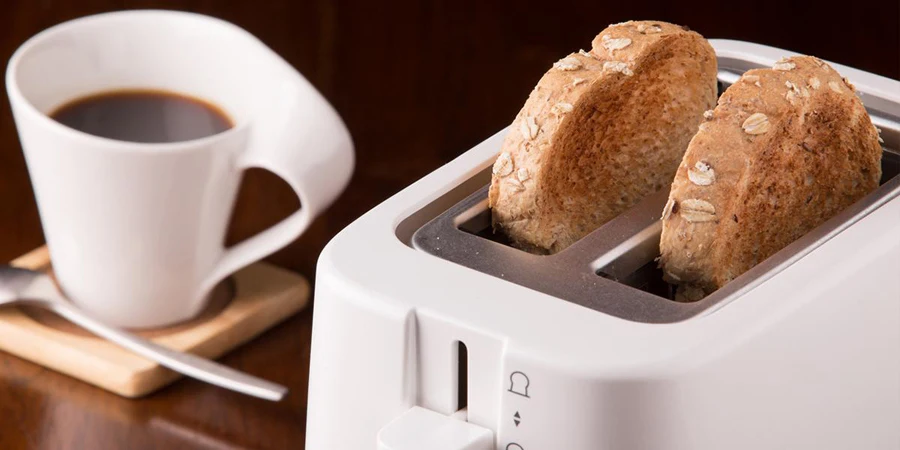Key Takeaway
- The global toaster market is rapidly growing, valued at $4.45 billion in 2024, with a forecast to reach $5.76 billion by 2028.
- Asia Pacific leads in market share, driven by robust online shopping, while North America and Europe also show significant market activity.
- Market growth is spurred by demand for time-saving, energy-efficient appliances and the rise of e-commerce.
- Innovations include smart toasters with digital features and designs that emphasize both aesthetics and functionality.
- Challenges include long product replacement cycles and market saturation, particularly in developed regions.
- Key players include Breville, Cuisinart, and Oster etc., focusing on high-quality, innovative designs to stay ahead.
Introduction
The global toaster market is evolving rapidly, driven by technological innovations and changing consumer preferences. As more households seek convenient and efficient kitchen appliances, toasters are no longer just about browning bread. Today, the toaster is characterized by features such as digital controls, customizable browning settings, and energy-efficient designs, catering to the diverse preferences of consumers. They are becoming smart, customizable devices that integrate seamlessly into modern kitchens.
For retailers and business professionals, understanding these trends and identifying leading toasters is key to staying ahead in a competitive market.
Table of Contents
– Market Analysis of Toasters
– What Are the Emerging Trends in Household Toasters?
– What Challenges Are Facing the Toaster Market Today?
– Summing Up
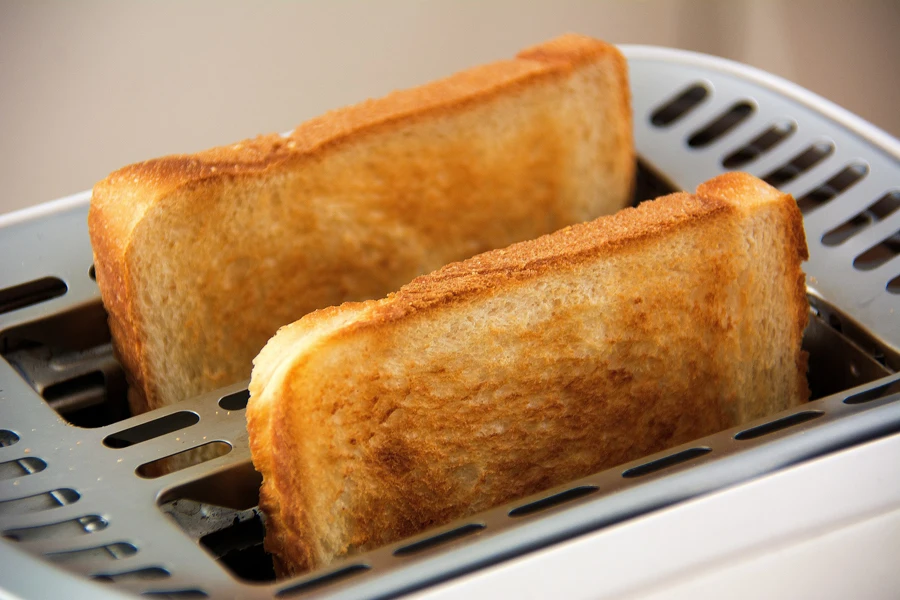
Market Analysis of Toasters
The global toaster market is on a strong growth trajectory, fueled by increasing consumer demand for convenient and innovative kitchen appliances. As of 2024, the global toasters market is valued at US$4.45 billion, with projections indicating an annual growth rate of 3.79% over the next five years. By 2029, the market volume is expected to reach 142.8 million units.
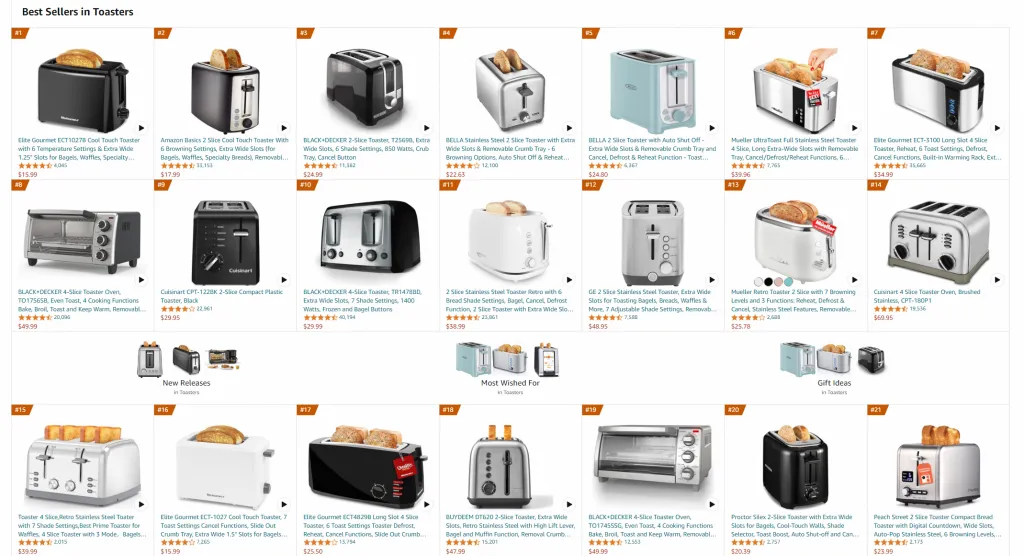
1. What are the key insights from regional markets?
The Asia Pacific region, notably China, Japan, and India, currently holds the largest market share, fueled by a surge in online shopping activities. Consumers are turning to e-commerce for its convenience and wide selection, prompting manufacturers to create toasters with customizable features and multifunctionality to meet diverse cooking needs.
North America remains a key player, driven by the rising popularity of smart kitchen appliances, including toasters with mobile connectivity, voice control, and programmable settings. Europe follows closely, with growing demand for toasters that can handle various bread types, including healthier options like whole grain and artisanal varieties.
Meanwhile, Latin America is emerging as a promising market, with increasing demand for affordable, entry-level bread toasters, and the Middle East and Africa are seeing growth driven by a focus on energy-efficient and user-friendly models.
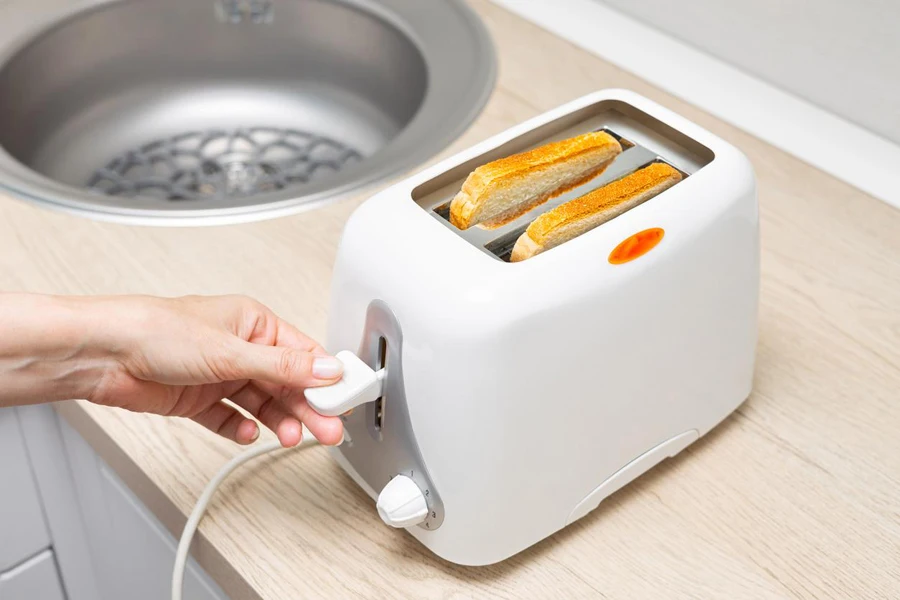
2. Which market segments and drivers are shaping the future?
Key drivers of the toaster market include busy lifestyles that necessitate time-saving kitchen appliances and a growing preference for energy-efficient products. The increasing reliance on e-commerce platforms has transformed how consumers shop for kitchen appliances, with many opting for the convenience and variety offered by online retailers.
Conveyor toasters are increasingly popular in commercial settings like quick-service restaurants and coffee chains due to their efficiency, versatility, and ability to deliver consistent, high-quality toasting results.
The rise of breakfast-oriented eateries, changing dietary habits, and urbanization are key drivers, especially in emerging markets across Asia-Pacific, Latin America, and the Middle East & Africa. As these regions experience economic growth and rising disposable incomes, the demand for efficient commercial kitchen equipment, including conveyor toasters, is expanding.
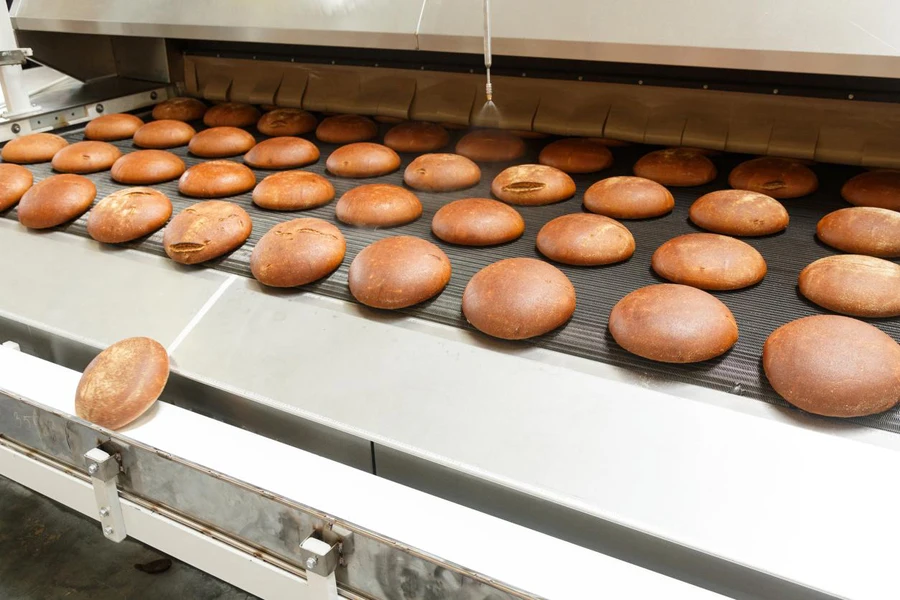
The residential toaster segment is also on the rise, fueled by modern households’ need for convenient, compact, and multifunctional appliances. Consumers are gravitating towards toasters with customizable settings, digital displays, and smart home integration to simplify everyday tasks.
The ongoing trend of urbanization and the proliferation of smaller living spaces have increased demand for space-saving, stylish kitchen appliances. Pop-up toasters continue to be a household favorite due to their affordability, simplicity, and compact design. Additionally, the rise of home-based businesses and artisanal food producers presents new opportunities for residential toaster manufacturers to innovate and offer specialized products that cater to niche markets.

3. How is the competitive landscape evolving?
The competitive environment is characterized by innovation, with key players such as Breville USA Inc., Oster, Cuisinart, KitchenAid, Hamilton Beach Brands, and Black + Decker focusing on developing smart toasters with advanced features such as connectivity options and precision control.
To stay ahead, these companies are introducing features like connectivity and precision control for toasters. The growing competition, especially from emerging players in regions like China and India, is also driving further advancements.
Manufacturers are also prioritizing aesthetics, offering a wide range of designs, colors, and finishes that appeal to contemporary consumer preferences. Companies are increasingly collaborating with renowned designers to enhance product appeal and functionality, thereby differentiating themselves in a crowded marketplace.
The key players of the toaster market includes:
- Breville USA Inc.
- Cuisinart
- Stanley Black & Decker Inc.
- Dualit Limited
- Hamilton Beach Brands Inc.
- De’Longhi Appliances S.r.l.
- Hatco Corporation
- KitchenAid Inc
- The Legacy Companies LLC
- Star Manufacturing International Inc
- Waring Commercial
What Are the Emerging Trends in Household Toasters?
a. Technological innovations
The toaster continues to evolve, embracing new technologies that enhance functionality and user experience. Touchscreen toaster is one of them. Modern toasters now frequently feature digital displays, programmable settings, and even advanced heating technology that ensures consistent browning for perfect toast every time. Additionally, smart toasters are being introduced, equipped with sensors that can automatically adjust toasting times based on the thickness and type of bread, eliminating the need for manual monitoring. Such innovations reflect a shift towards user-friendly designs that prioritize convenience and precision.

b. Energy efficiency and sustainability
With growing concerns about energy consumption and environmental impact, many manufacturers are focusing on energy-efficient designs. Newer toaster models incorporate technologies that minimize power usage while maintaining performance, contributing to a reduction in electricity bills and a smaller carbon footprint. Features such as automatic shutoff and cool-touch exteriors not only enhance safety but also reflect a commitment to sustainable practices within the appliance industry.
c. Aesthetic design
As toasters become integral to kitchen décor, manufacturers are increasingly emphasizing aesthetics. Sleek, modern designs and customizable appearances ensure that toasters fit seamlessly into various kitchen styles. Innovative looks cater to a range of tastes, from minimalist designs to more elaborate styles that stand out as decorative elements in the kitchen. This trend highlights the growing recognition of kitchen appliances as part of the overall home aesthetic, moving beyond mere functionality.
d. Customization and versatility
Customization is another significant trend in toaster design. Today’s models offer adjustable browning levels and special functions like defrost and reheat, allowing users to tailor their toasting experience to their specific preferences. Furthermore, extra-wide slots have become commonplace, accommodating a variety of bread types and pastries, thereby increasing the versatility of toasters in modern kitchens. This emphasis on customization caters to diverse consumer needs and preferences, making toasters more than just basic appliances.
e. Evolving with culinary trends
Toasters have also contributed to culinary trends, with the rise of toast-based dishes in cafes and restaurants, such as avocado toast and cinnamon-sugar toast. These innovative offerings showcase the versatility of toast and its ability to adapt to contemporary food culture, further prompting the function optimization and innovation of the toasters.

What Challenges Are Facing the Toaster Market Today?
- Long Product Replacement Cycles
- Market Saturation
Despite the positive growth trends, the toaster market faces significant challenges. One of the primary issues is the long product replacement cycle. Toasters are generally durable appliances, with many models built to last for several years. According to Technavio, this longevity can negatively impact market growth, as consumers do not need to replace their toasters frequently. This long replacement cycle limits repeat purchases, slowing down overall sales growth in the market.
Another challenge is market saturation, particularly in developed regions like North America and Europe. As the market matures, the competition among brands intensifies, making it difficult for new entrants to gain a foothold. According to The Business Research Company, the global toaster market, valued at $3.94 billion in 2024, is projected to reach $5.76 billion by 2028. However, this growth is accompanied by increasing competition, as established brands dominate the market, making it harder for new or smaller players to thrive.
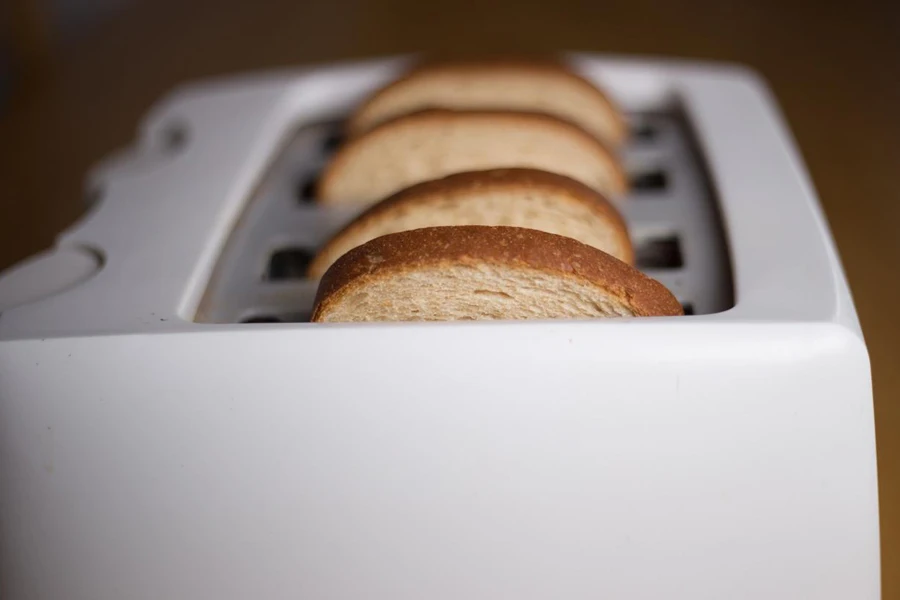
Summing Up
The household toaster market is rapidly evolving, driven by technological advancements and consumer demand for smart, energy-efficient appliances. U.S.-made toasters stand out for their innovation and quality, though challenges like long product lifecycles and market saturation persist. Staying competitive will require a focus on delivering high-quality, customizable products that meet diverse consumer needs.
